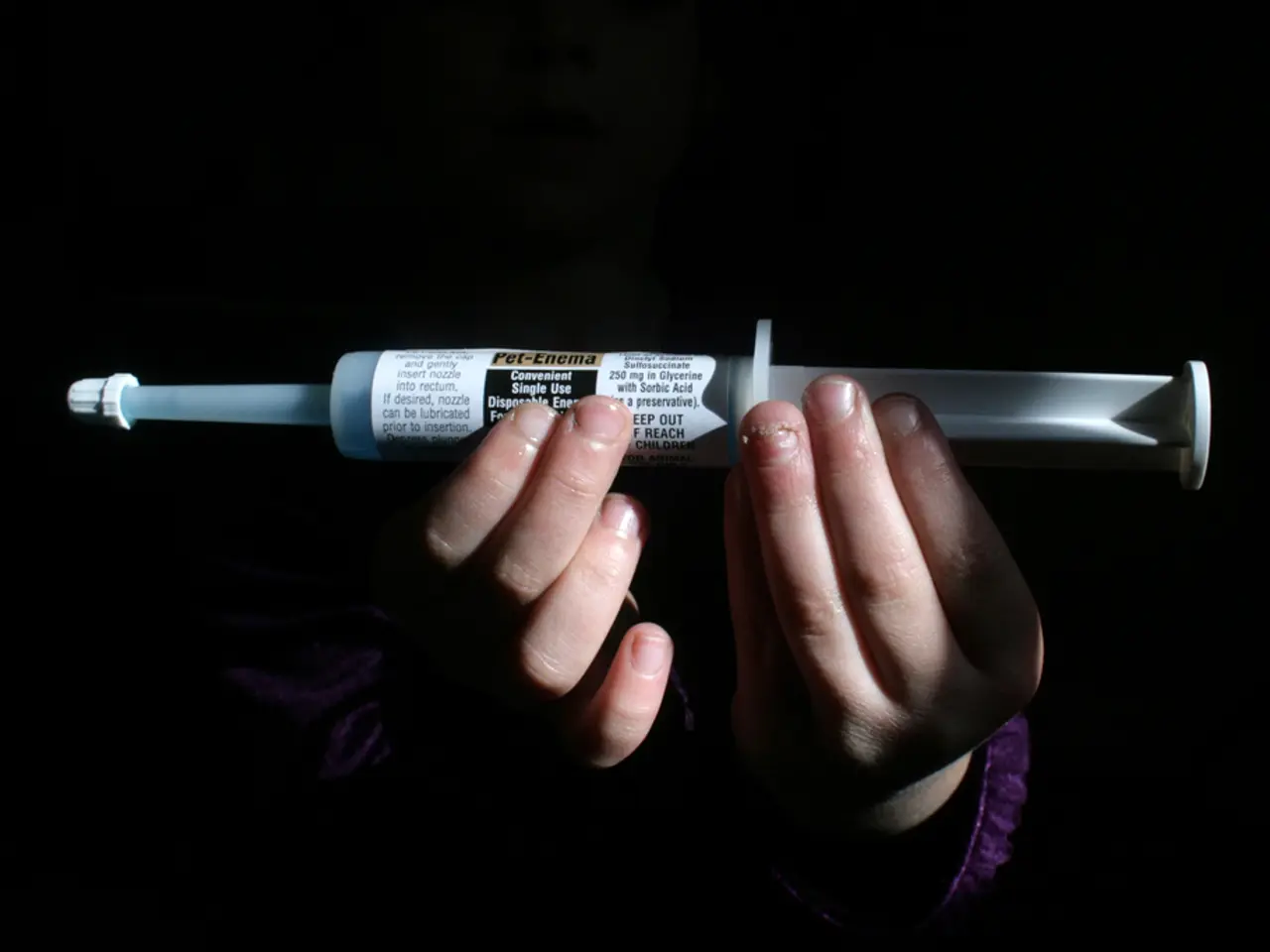Guidelines for Minimizing Post-Operative Swelling and Inflammation
Reducing Swelling and Inflammation After Surgery: A Comprehensive Guide
Staying healthy and ensuring a smooth recovery after surgery is crucial, and one key aspect is managing swelling and inflammation. Here are some strategies recommended to help you navigate your postoperative journey.
Hydration is Key
Staying hydrated is essential for overall health and recovery. Aim to drink at least eight glasses of water per day, or as recommended by your healthcare provider.
Medication Precautions
Over-the-counter pain relievers may provide temporary relief, but it's important to consult your healthcare provider before taking any new medications.
Avoiding Inflammatory Foods
Processed foods, sugary snacks, and alcohol can contribute to inflammation. To effectively reduce swelling and inflammation after surgery, it's best to limit your intake of these items.
Cold Compresses and Elevation
During the first 48 hours, applying cold compresses to the surgical area can help shrink blood vessels, slow blood flow, and reduce inflammation. Sleeping or resting with the affected area elevated also promotes fluid drainage and minimizes swelling.
Compression Garments
For surgeries like tummy tucks, wearing properly fitted compression garments supports tissues, reduces fluid accumulation, and aids skin retraction. These are typically worn for several weeks as advised by your surgeon.
Rest and Activity
Initial rest is crucial, especially the first week, to avoid expansion of swelling or bleeding. Gradually increase activity following your surgeon’s guidance.
Incision Care
Keeping incisions clean and dry prevents infection, which can worsen inflammation. Always follow your healthcare team's instructions on wound cleaning and dressing changes.
Massage Techniques
After initial swelling decreases (often after 1-2 weeks), using upward massage strokes or specialized tools (like a rolling pin or massage gun for knee surgery recovery) can help move excess fluid and improve lymphatic drainage when done carefully and per medical advice.
Consult a Professional
Consult a licensed massage therapist with experience in post-surgery recovery to perform lymphatic drainage massage safely and effectively.
Medication Management
Healthcare providers may prescribe anti-inflammatory medications such as NSAIDs to manage swelling and inflammation after surgery. Always follow healthcare provider's instructions regarding dosage and duration of use when taking prescribed medications.
Dietary Considerations
Incorporating anti-inflammatory foods like fatty fish (salmon, tuna), leafy greens, berries, nuts, and seeds into your diet can help reduce inflammation and promote healing.
Communication is Key
Always communicate any allergies or potential side effects to your healthcare provider before taking any medications.
Follow Instructions
Follow your healthcare provider's post-surgery instructions diligently to minimize complications, promote healing, and ensure a successful recovery.
Maintaining a balanced diet that includes nutritious food options such as fatty fish, leafy greens, berries, nuts, and seeds can contribute to reducing inflammation and promoting healing after surgery, as part of holistic health-and-wellness strategies. Furthermore, medical-conditions like inflammatory bowel disease or food allergies might require specific nutrition guidelines, so it's important to consult your healthcare provider for dietary considerations before making changes. Additionally, therapies-and-treatments, such as lymphatic drainage massage and exercise, play a significant role in managing swelling and inflammation post-surgery. Coordinate with a licensed massage therapist with experience in post-surgery recovery for safe massage techniques, and adhere to your healthcare provider's instructions during your recovery period.




